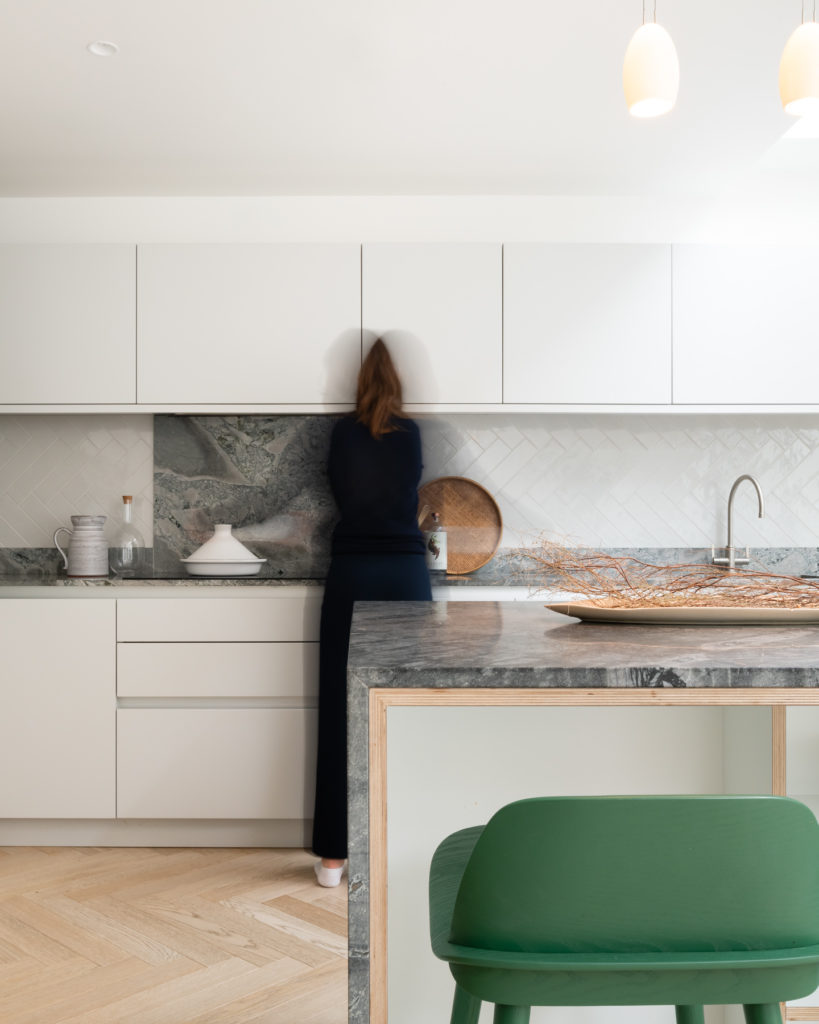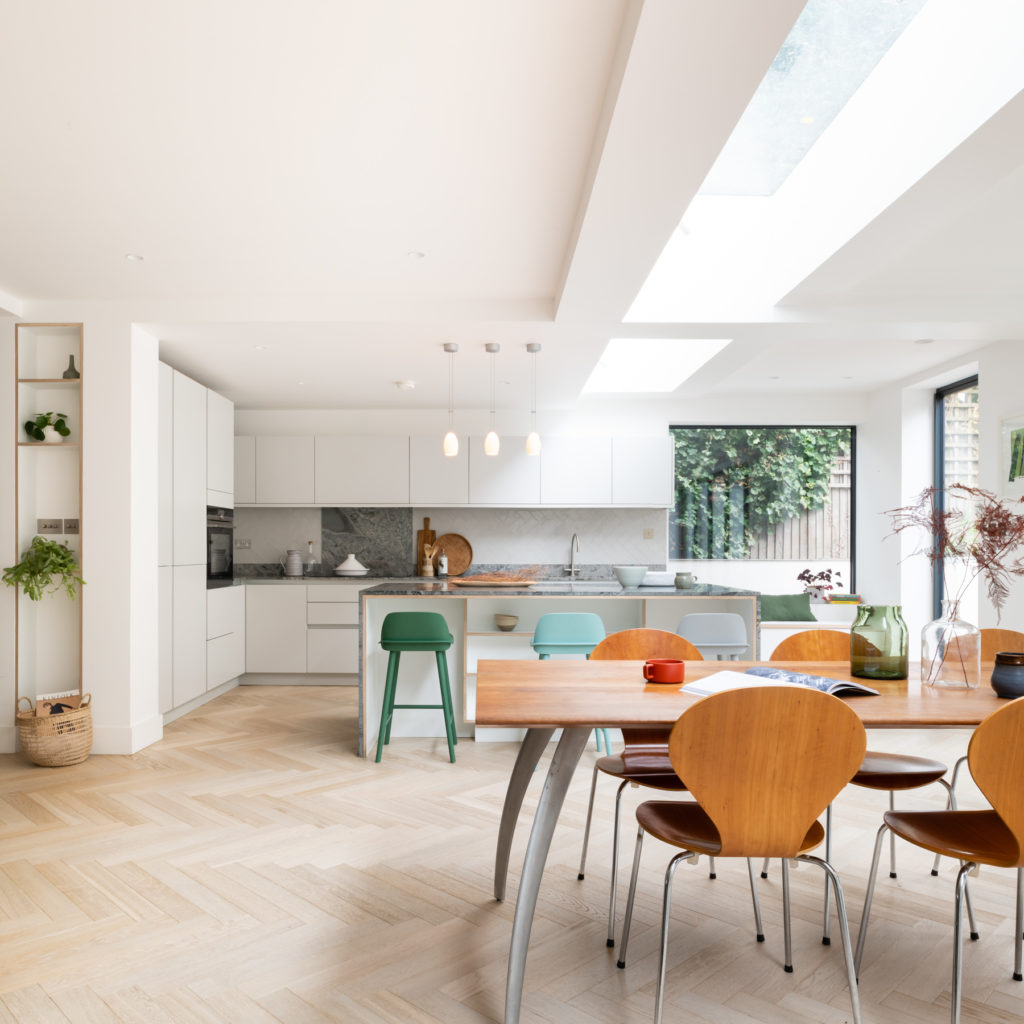“There’s no substitute for a face-to-face meeting,” says architect John McRae. “Design is about evoking a response and you can’t read people’s facial expressions properly or decode their body language on Zoom. You need to be in the same room to see if your design resonates with them.”
Over the coming weeks, McRae plans to be in the same room as several interior designers. He’s a director at Orms, the architecture practice behind the multi-award-winning Standard Hotel in Camden, London, which opened in 2019 featuring bold, brightly hued interiors by Shawn Hausman Design. It was the architect’s first hotel scheme and right now the practice is in the midst of selecting an interior designer for its second, a hotel in nearby Holborn. “Pandemic or not, we can’t conduct the whole selection process on Zoom,” says McRae. “At some point we’ll need to meet the shortlisted practices face-to-face. There’s no other way to see if there’s any synergy between us.”
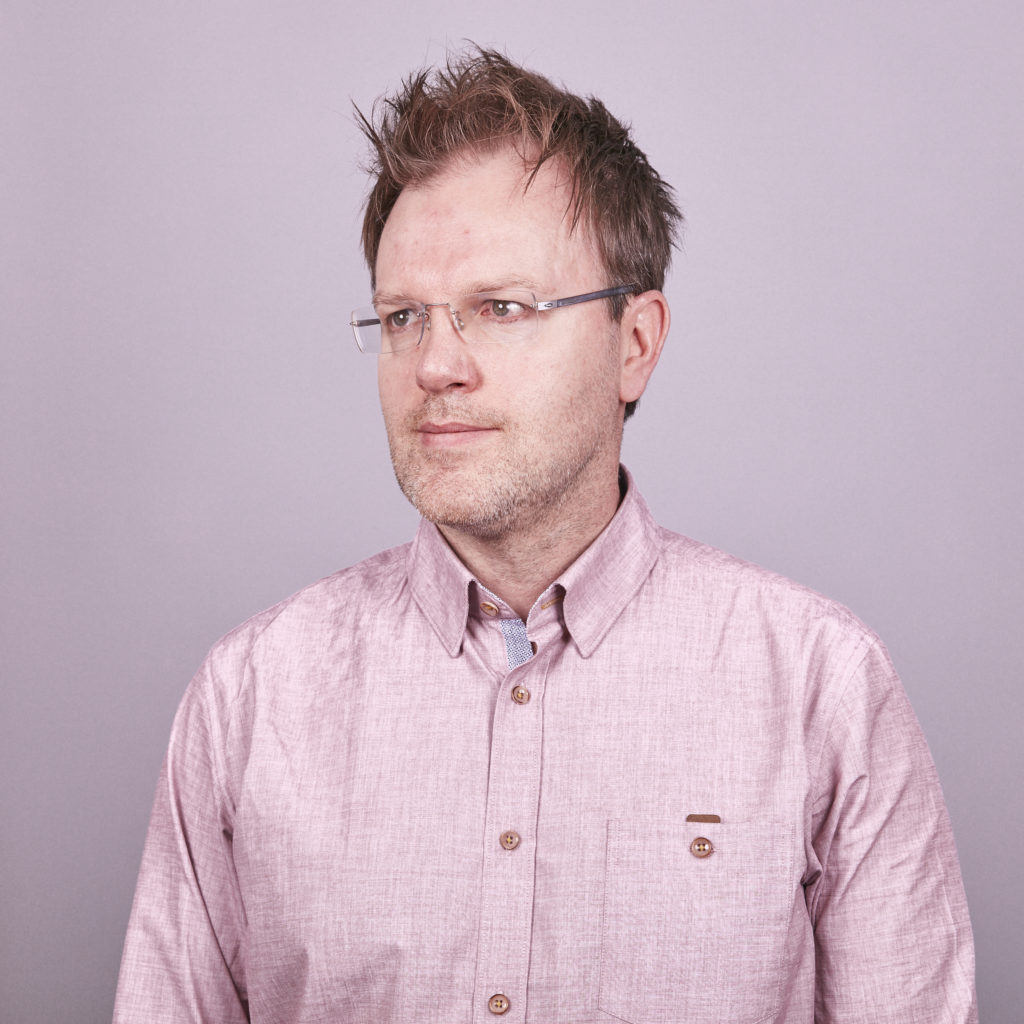
Fellow architect Melissa White agrees that designers and clients need this synergy. She specialises in high-end residential schemes and in normal times the first thing she does after an enquiry from a potential client is meet them at the property so they can walk and talk through the building together.
“I spend a lot of time at the briefing stage teasing out what the client is after,” she says. “My job is dovetailing the needs and wants of a building with the needs and wants of the client, and you can’t do that on a screen. You need to be together in the actual space, observing things in three dimensions.”
In fact, White considers human-to-human relationships so integral to the design process that she’s actually put a couple of her projects on hold until lockdown restrictions are lifted: “The clients are nervous about meeting in the flesh, and we’ve done as much as we can on Zoom. Now we need to go back to the property and talk through the drawings in situ, so I can explain how they translate into actual space. I can’t imagine taking on an entirely new client in these conditions. I’d ask them to kindly wait until we can work properly.”
We’ve done as much as we can on Zoom. Now we need to go back to the property and talk through the drawings in situ – Melissa White of Melissa White Architects
However, when Covid restrictions were first introduced, White had one project on site that she couldn’t postpone. “We were ten weeks in and everything was on time and on budget. Then lockdown one happened, and factories shut down,” White says. “Sourcing replacement materials became extremely difficult and what should have been a 15-week project was finally completed five months later in August. The interior design stage was particularly difficult. Normally, it’s a very busy time with lots of trades and craftspeople on-site and the extra supervision this entails – social distancing rules meant that couldn’t happen and everything got very protracted.”
And when alternative materials were sourced, keeping the client in the loop required ingenuity. “I’d order two sets of every sample and we’d look at them in tandem on Zoom,” she says.
Interior designer Simone Suss of Studio Suss remembers the first lockdown well. “In terms of time and efficiency, Zoom is actually amazing – no one has to travel and everyone is round the same table. But you can’t look at fabrics and paints together so we sent boards and samples to clients for approval. We also made extra 3D visuals,” she says.
But even with these adjustments, Suss says the pandemic has forced clients to take a leap of faith: “’Please just trust me’ were my words over Zoom to a pregnant client who’d commissioned us to redesign her teenager’s bedroom. I told her: ‘I’m giving you the best service I can, I know what you want and, ultimately, you’ll be happy.'” The client did trust Suss, and now the studio has another commission from her: designing a nursery for the baby who has since been born.
Suss recently attended a site meeting for a new-build house in north London that’s being designed by Robert Hirschfield Architects. The interior designer and architect have collaborated on several projects, and this has stood them in good stead for the pandemic. “We already know how the other works. There’s a shorthand to our relationship which would be difficult to develop if we’d met during lockdown,” says Robert Hirshfield.
But the pandemic has meant them changing some of their working methods. “It’s always good to get prefabricated joinery and concrete – you get a factory level of precision that can be difficult to achieve on-site. But Covid has made the prefabrication of anything that can be made off-site essential,” says Hirschfield. “It minimises the length of time on site. For this project, we’ll be ordering an entirely prefabricated staircase.”
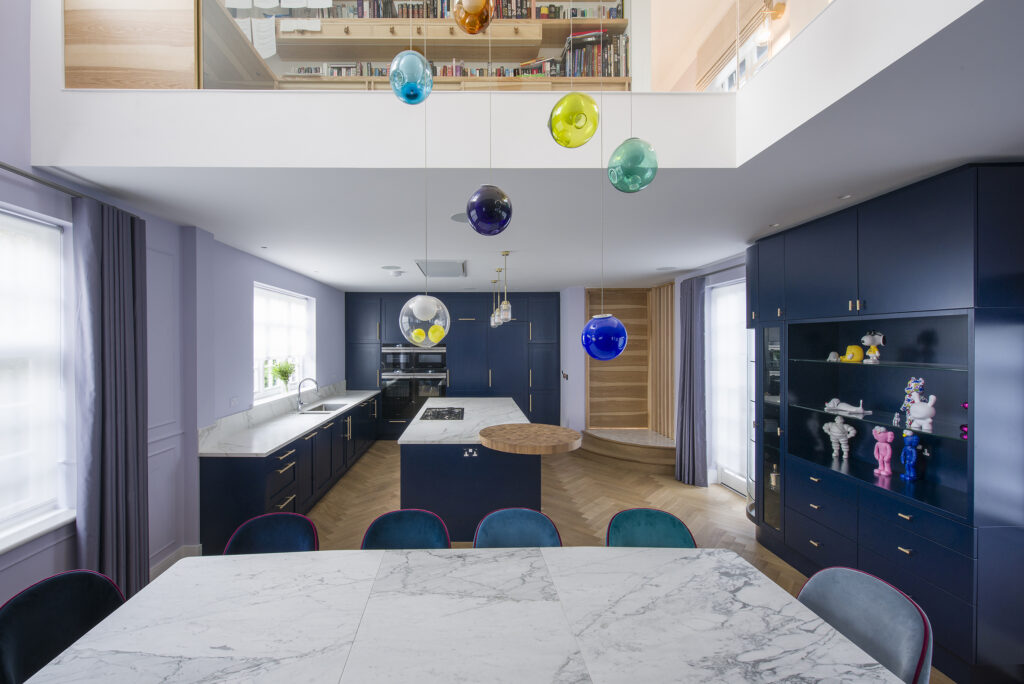
The office is not dead. It’s where the magic happens – Simon Allford, director of Allford Monaghan Hall Morris and president-elect of the Royal Institute of British Architects
Meanwhile, president-elect of the Royal Institute of British Architects Simon Allford thinks the pandemic has created some unexpected benefits for the profession. “Planners have become more available – there’s more opportunity to have proper chats with them now,” he says.
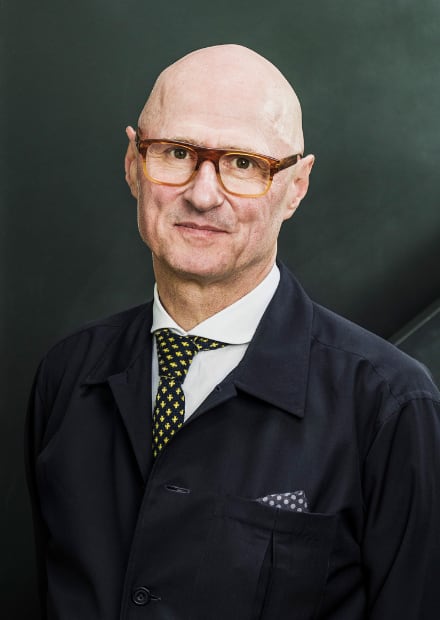
Allford has also noticed that younger colleagues at his practice Allford Monaghan Hall Morris, which has offices in London and Oklahoma, are attending meetings that in normal times they would only have been briefed about. “On ‘Teams’, you have 30-odd architects and planners in one meeting. It’s a great way for young architects to see and hear how projects are discussed. They are being mentored by the situation, if not by actual individuals,” he says.
Less happily, when it comes to generating ideas and preparing sketches for competition, working remotely has not helped the creative juices flow. “Architecture is a collective act – it needs human interaction,” says Allford. “You can do some work on your own, but it’s important not to be trapped in your own private tunnel.”
To this end, Allford was not surprised to see relief on many of his colleagues’ faces when the practice reopened its doors following the UK national lockdown. “Architects and interior designers might continue working from home for a proportion of the week, but the office is not dead,” he says. “It’s where the magic happens.”
Effect Magazine is brought to you by Effetto




